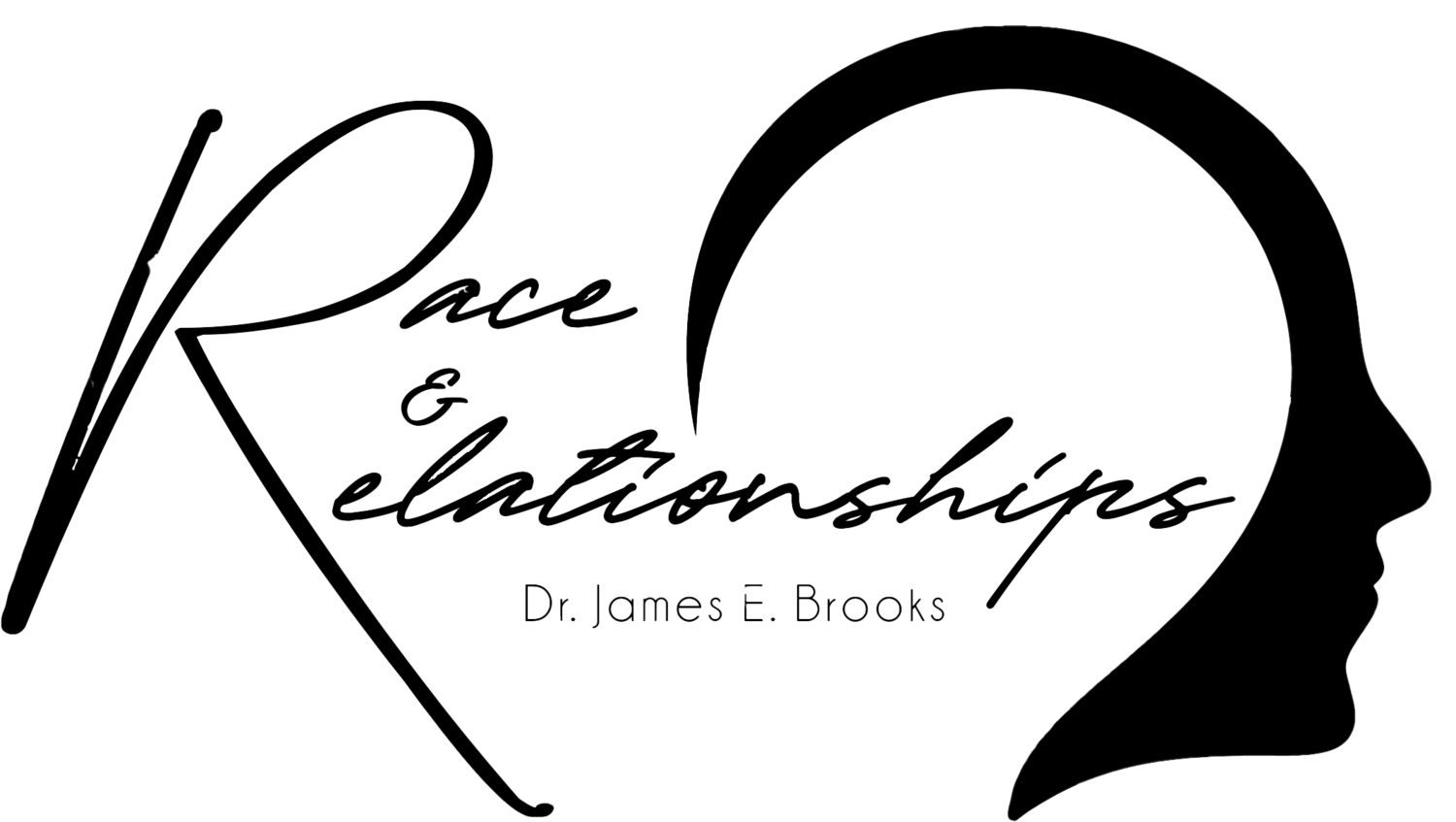Unveiling the Dynamics of Relationship Disclosure Decision-Making in Interracial Couples
What is the issue?
Interracial romantic relationships are no longer uncommon in the United States; however, negative thoughts and opinions about these relationships are still reasonably common. While these thoughts and opinions can come from people in the general society, often they are felt most by people closest to us in our social networks. Since that's the case, interracial couples are often in limbo, trying to decide whether to share their relationship with the public and their social networks or to keep it private until a certain point or forever until people may naturally find out.
What is the purpose of this investigation?
Therefore, this study aims to investigate how couples decide whether to reveal their relationship or conceal it. Brummett and Steuber use the communication privacy management model to analyze how interracial romantic couples engage in privacy control over relational information. They also investigate whether couples use any of the criteria in this model to define the privacy boundaries they have within their relationship and to other people. The privacy rule requirements include cultural, gendered, motivational, contextual, and risk-benefit ratios.
What were the results?
Brummett and Steuber identified three overarching themes on privacy management for interracial couples in this study. The first theme aligned with the communication privacy management model as couples used the same criteria when determining how they would disclose their relationship to others. For example, some participants believed that context mattered when talking about their relationship with others and believed that society is more accepting of some interracial romantic relationships and less accepting of others. Another example of the privacy rule criteria used is when participants weighed the risks and benefits of revealing their interracial relationship. While nearly all participants eventually shared their relationship details, some held off for a while from telling friends due to cultural differences and expectations of what a relationship should look like.
The next theme captures the power dynamics between the partners in the interracial relationship and the person to whom they revealed their relationship information. At first, the couple has complete control over the privacy of their relationship, and they get to decide who they will reveal information to and conceal information from. But when they disclose information about the relationship, sometimes a family member or parent may take control and decide to whom they can continue to reveal this information to. The last power dynamic occurs between the couple, and at times, they may disagree on what information to share about their relationship, who to share that information with, and at what time they should share it.
The last theme involves the timing of the disclosure of their relationship. Participants in this study explained that the timing of disclosure was essential. Often, they waited until their relationship was more serious; some even waited until they were at a committed stage like engagement.
What are the implications?
It is essential to recognize that timing is crucial in concealing relational information for interracial romantic relationships. Partners in interracial relationships spend more time examining the risks and benefits of sharing relational information. They often wait until their relationship is more severe to protect their partner from judgment or disapproval. Ultimately, almost all people end up disclosing relational information to others for their satisfaction and in hopes of educating others and dismantling stereotypes about people of color and interracial relationships.
